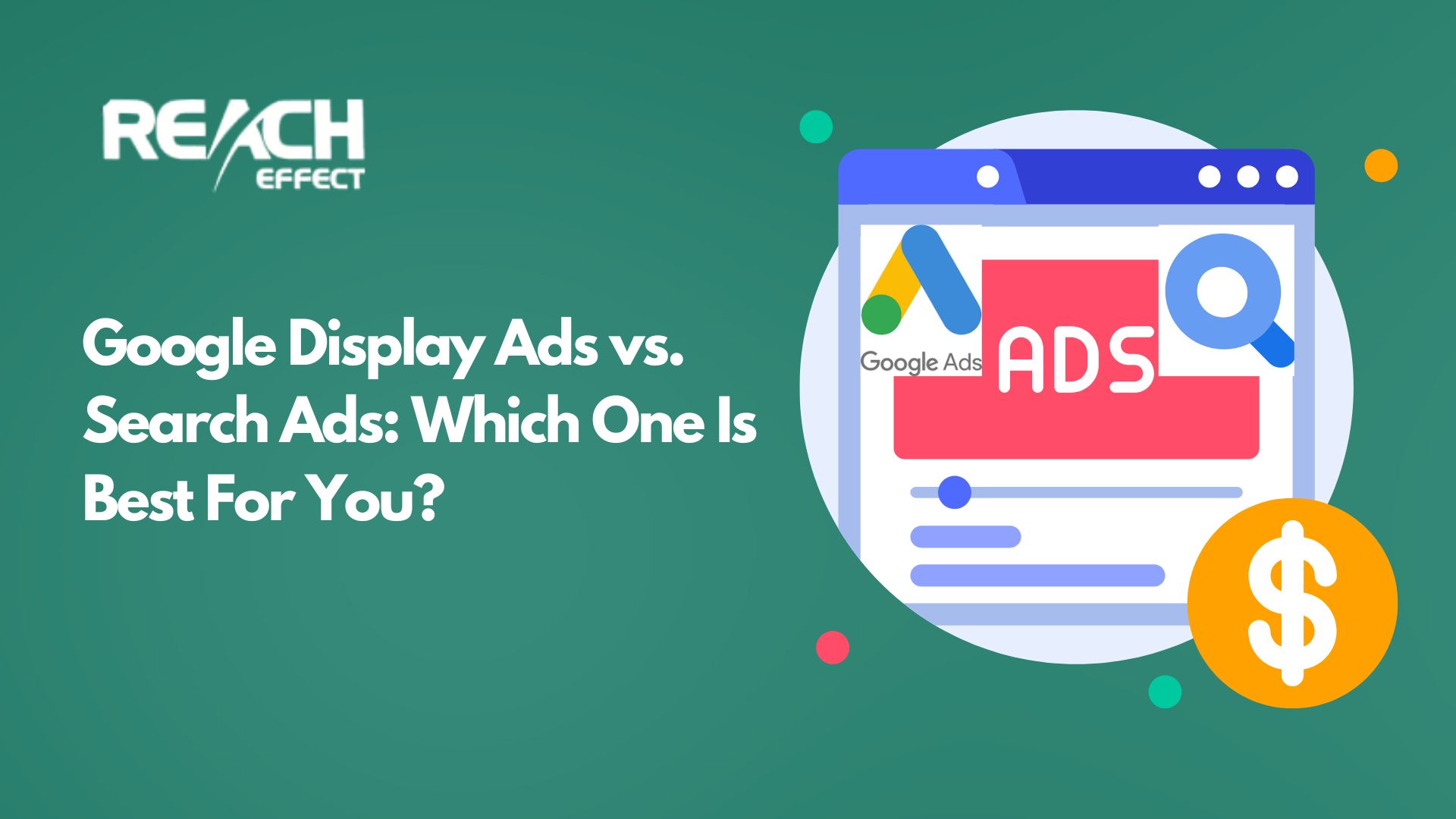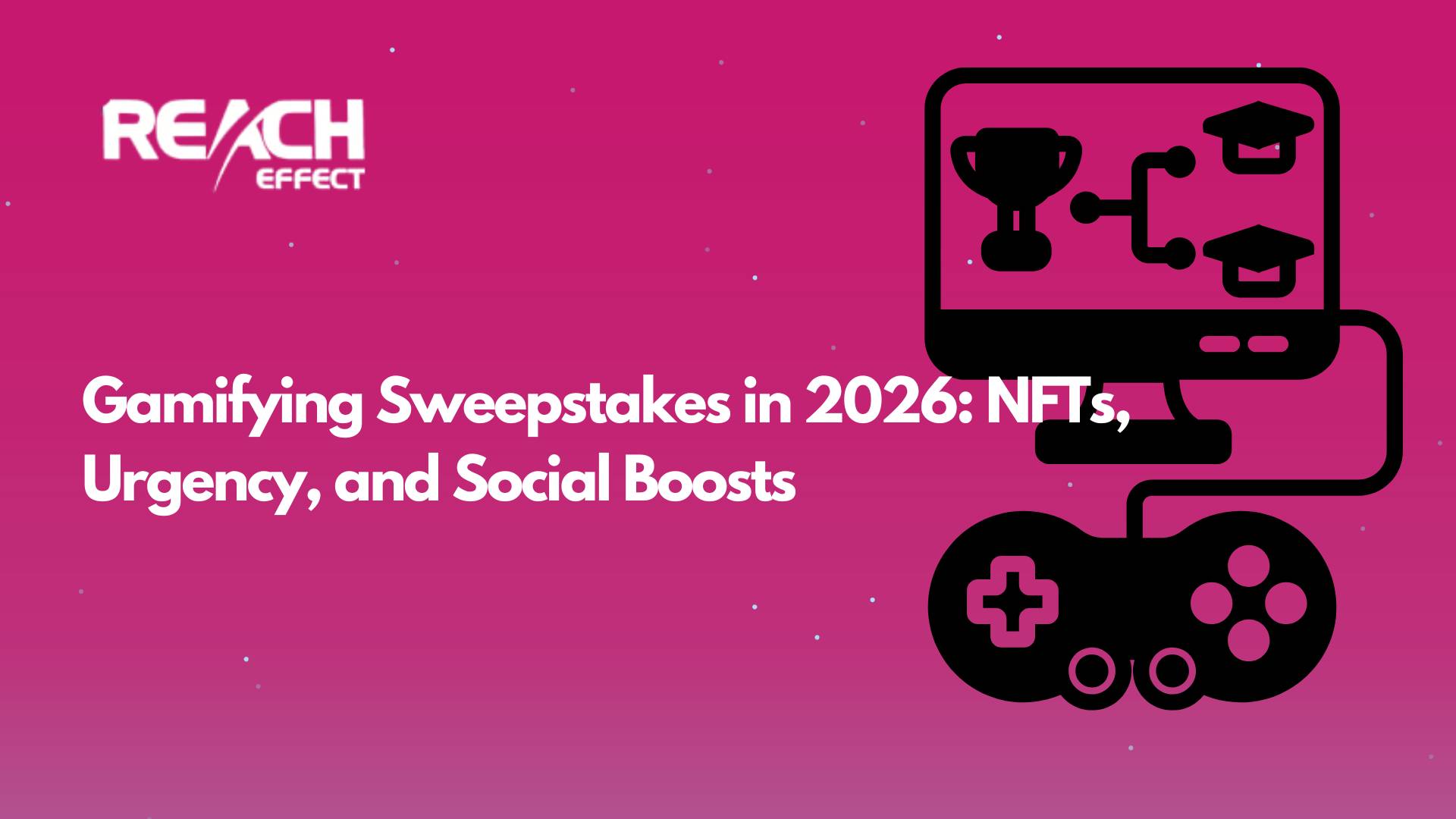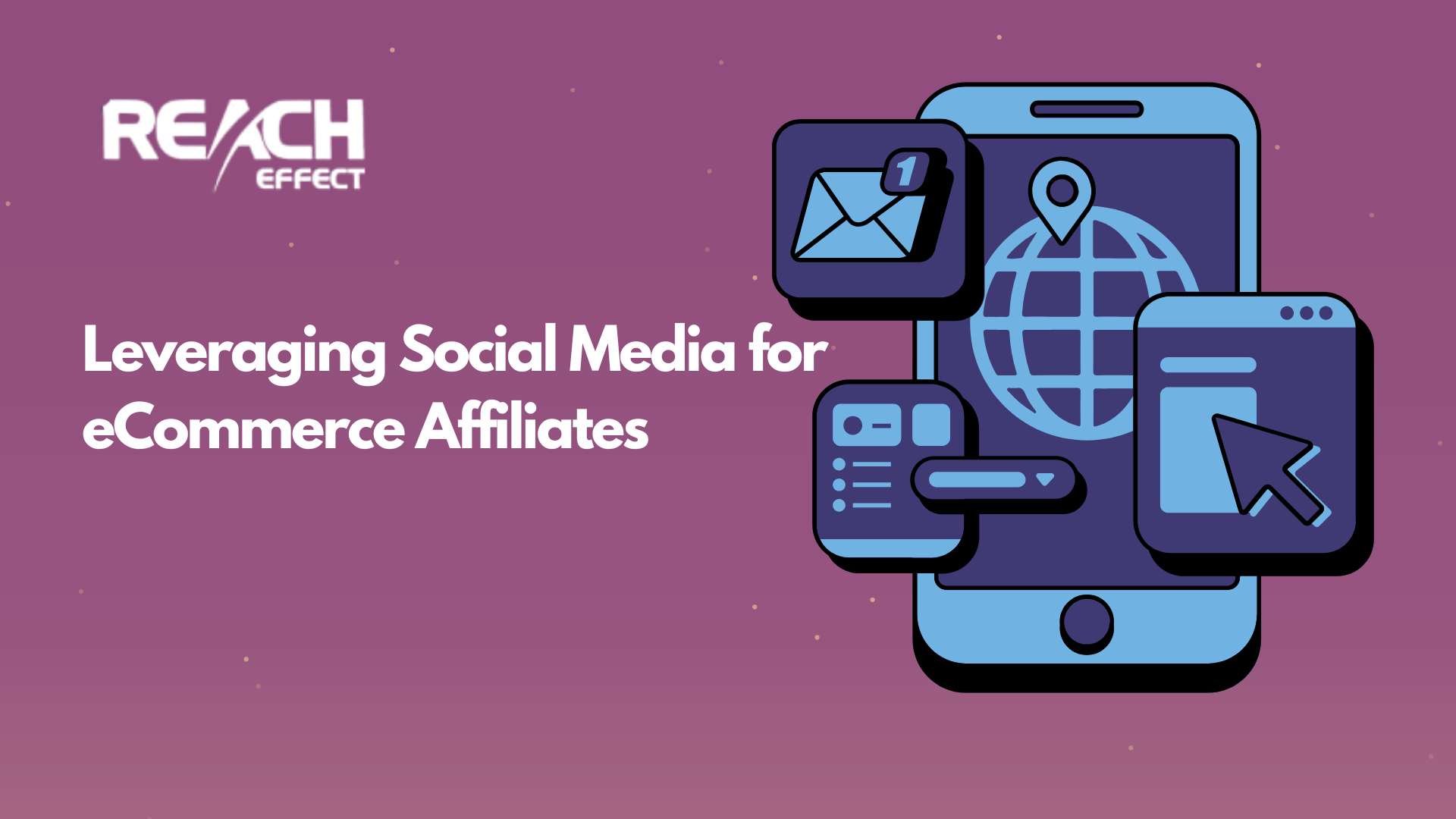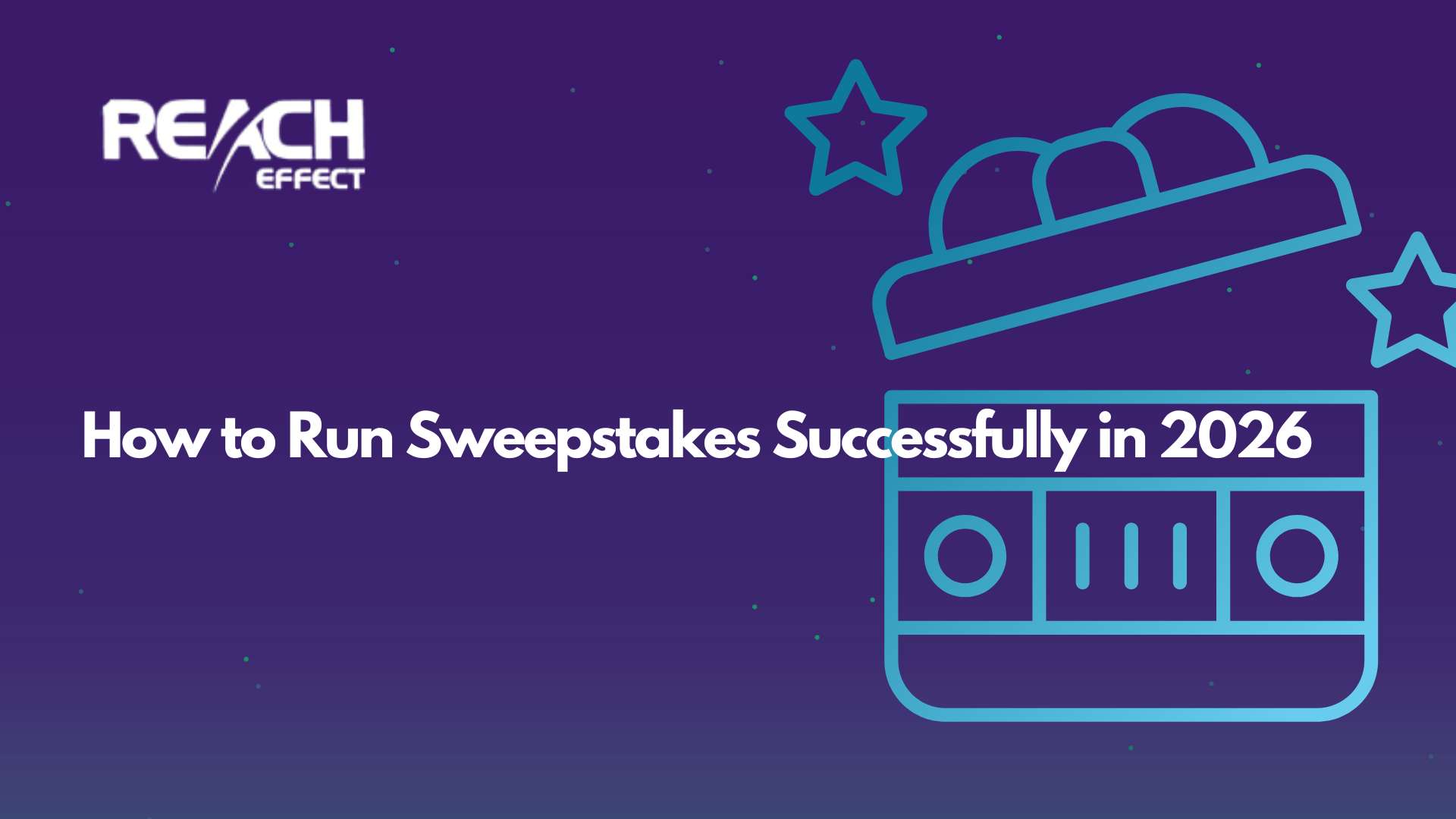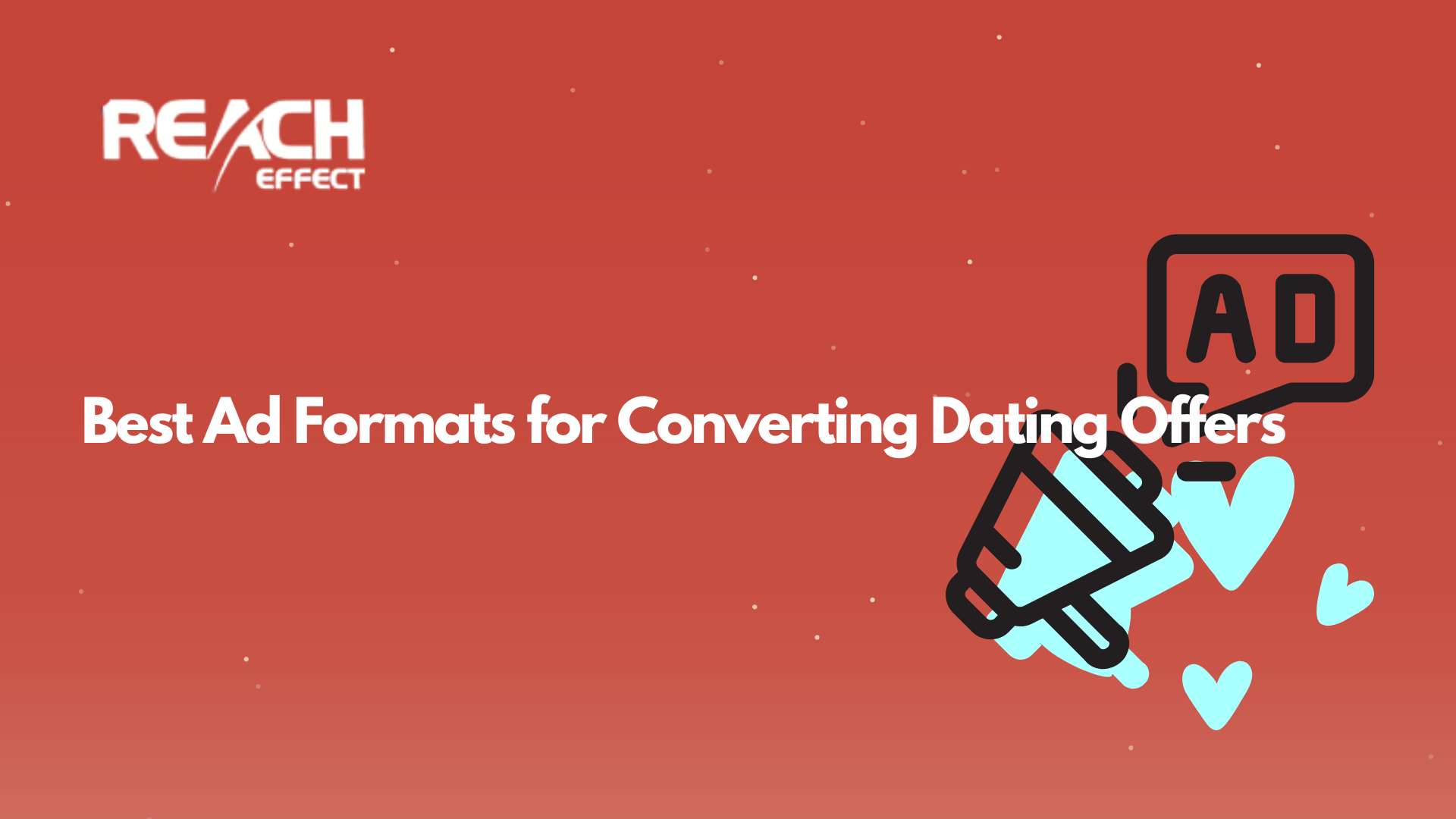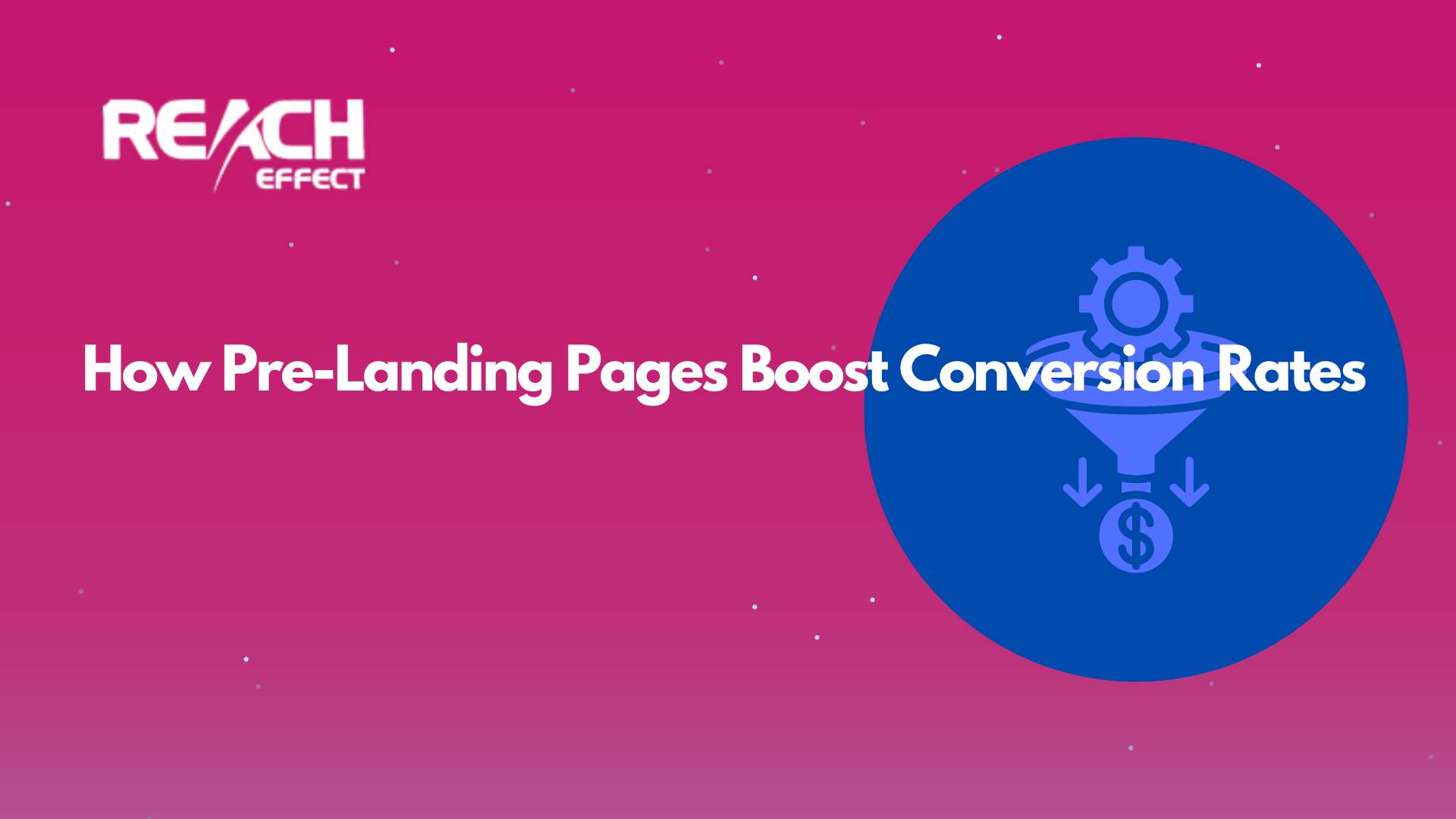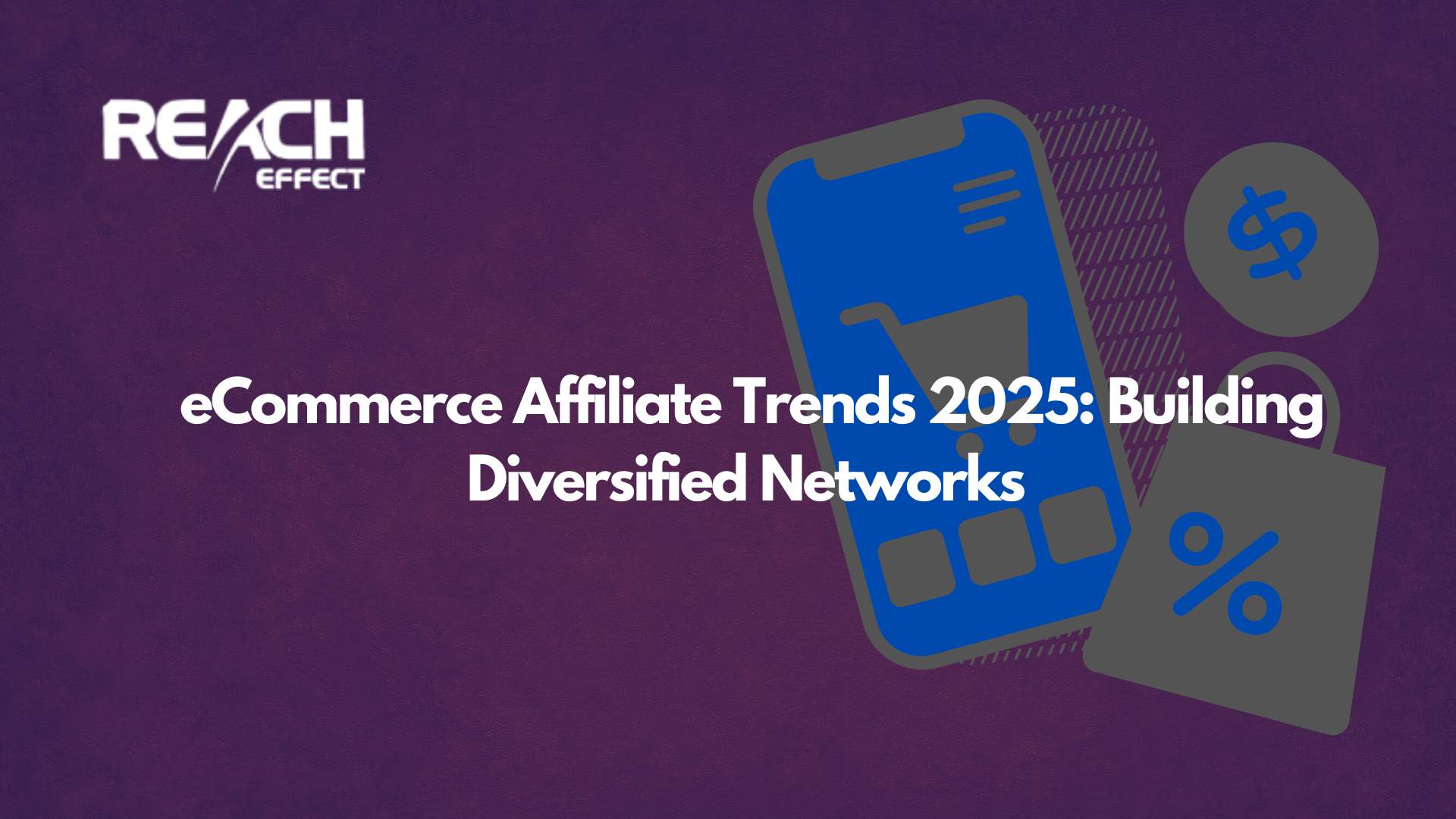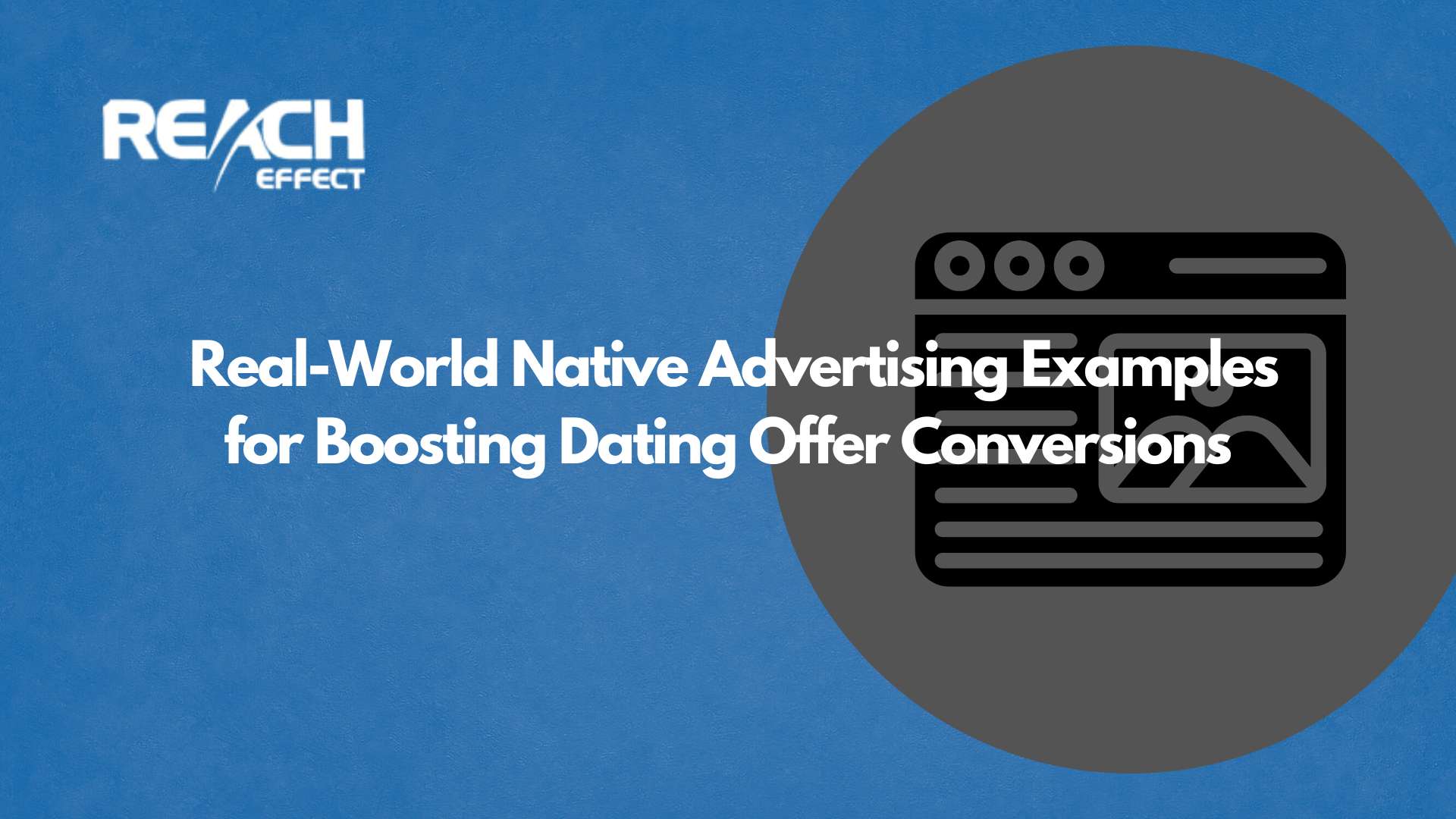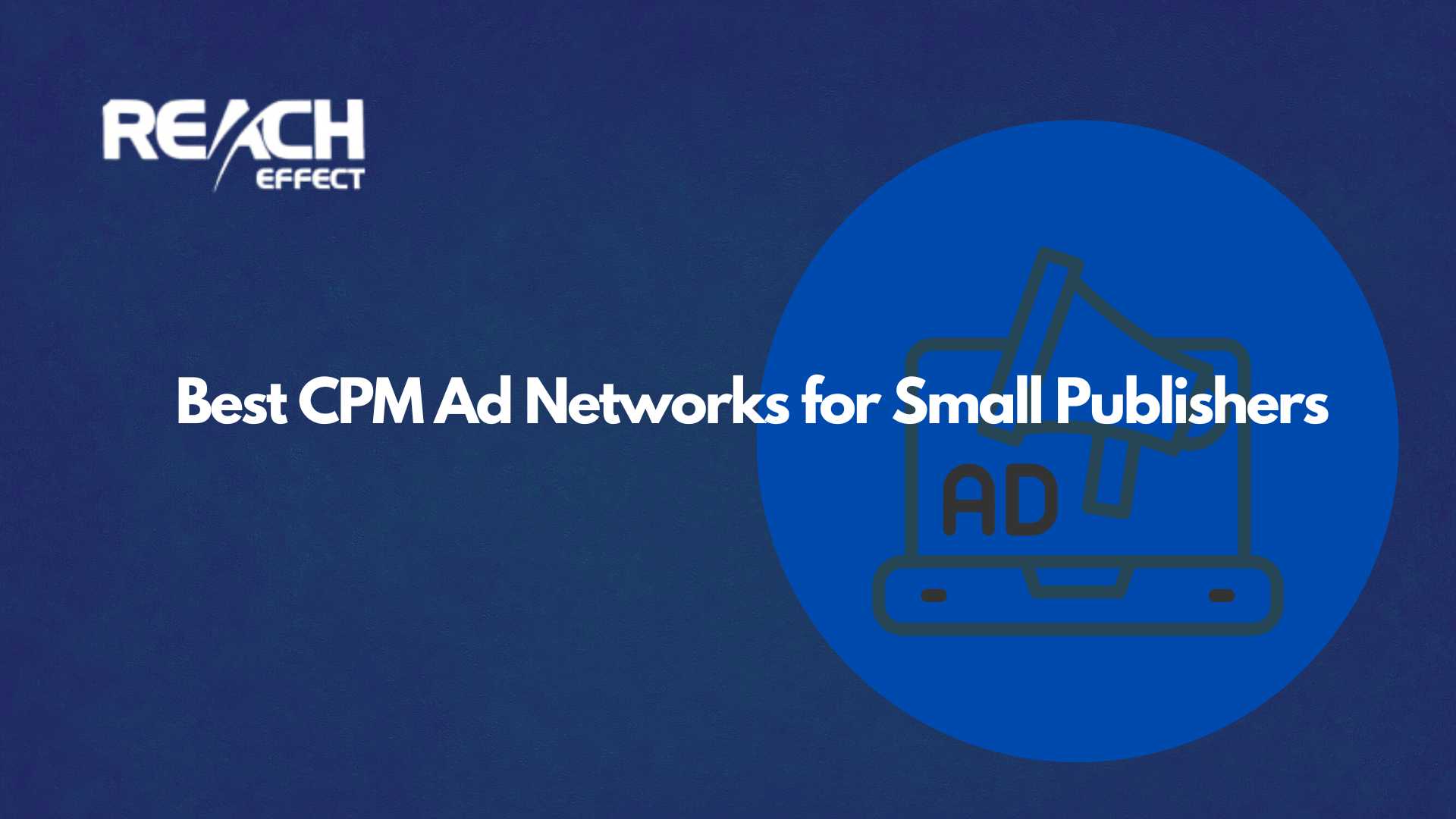Google Ads offers businesses an excellent way to connect with potential customers online. With so many options available, it can feel overwhelming to pick the right type of ad for your needs. Two of the most popular choices are Google Display Ads and Search Ads.
Both have unique strengths, and understanding how they work can help you make the best decision for your goals. In this article, we’ll explore Google Display Ads vs Search Ads, breaking down their differences, benefits, and when to use each one. By the end, you’ll have a clear idea of which option or combination suits your business best.
Understanding Search Ads
Search Ads are the text-based advertisements you see at the top of Google’s search results page. They appear when someone types in a specific keyword or phrase, like “best coffee makers” or “car repair near me.”
These ads are designed to catch people who are actively looking for something. For example, if you run a bakery and someone searches “fresh cakes online,” your Search Ad could pop up right when they’re ready to buy. This makes Search Ads a strong tool for targeting customers with high intent, people who already know what they want and are close to making a decision.
The simplicity of Search Ads is part of their appeal. They rely on text, including a headline, a short description, and a link to your website. You choose the keywords that trigger your ad, so it reaches the right audience at the right time. Because of this focus on intent, Search Ads often lead to quick results, especially for businesses offering products or services people actively seek out.
Understanding Display Ads
Google Display Ads work differently. Instead of appearing on search results, these ads show up on websites across the internet that are part of Google’s Display Network. This network includes millions of sites, from news outlets to blogs to YouTube. Display Ads stand out because they’re visual. They can be colorful images, engaging videos, or even interactive designs. For instance, you might see a banner ad for a new phone while reading an article or watching a video online.
The goal of Display Ads is often to build brand awareness. They reach people who aren’t necessarily searching for your product but might be interested once they see it. Imagine you sell outdoor gear. A Display Ad with a stunning photo of a tent could catch someone’s eye while they’re browsing a travel blog. Even if they’re not ready to buy yet, your brand sticks in their mind for later. This makes Display Ads perfect for introducing your business to a wider audience.
Comparing the Benefits of Search Ads
Search Ads come with several advantages that make them a go-to choice for many businesses. First, they target high-intent customers. When someone searches for a specific term, they’re usually ready to take action, whether that’s buying a product or booking a service.
This focus on intent often leads to higher conversion rates. Second, Search Ads are highly targeted. You pick the exact keywords that match your offerings, ensuring your ad reaches people who are already interested. Third, they’re easy to measure. Google provides tools to track clicks, conversions, and costs, so you can see exactly how your ad performs.
However, Search Ads have some drawbacks. Competition can drive up costs, especially for popular keywords like “insurance” or “lawyer.” Businesses bid on these terms, and the price can climb quickly. Also, the text-only format limits creativity. You can’t use images or videos to grab attention, which might make it harder to stand out in a crowded market.
Comparing the Benefits of Display Ads
Display Ads offer their own set of strengths. Their biggest advantage is reach. With access to millions of websites, they put your brand in front of a massive audience. This wide exposure is ideal for businesses looking to grow recognition. Another plus is their visual appeal. Images and videos can tell a story or showcase a product in ways text alone can’t. For example, a clothing store could use a vibrant ad to highlight its latest collection. Finally, Display Ads excel at building brand awareness. They introduce your business to people who might not have found you through search alone.
On the flip side, Display Ads have lower intent. People browsing websites aren’t always in a buying mood, so clicks might not lead to immediate sales. Some users even ignore these ads, think of those banners you scroll past without a second glance. Tracking results can also be trickier. While clicks and impressions are measurable, the real impact might show up later, making it harder to tie conversions directly to the ad.
When to Choose Search Ads
Search Ads shine in specific situations. They’re the best choice when you want to reach people who are ready to buy or take action. If your business offers something people actively look for—like plumbing services, online courses, or specific products, Search Ads can deliver fast results. They’re also great if you’re working with a tight budget and need immediate returns. Since they target customers already searching, you’re more likely to see quick conversions without spending months building awareness.
For example, a local florist could use Search Ads for keywords like “flower delivery near me.” When someone needs flowers for an event, the ad appears at the perfect moment. Businesses with clear, searchable offerings often find Search Ads to be a reliable investment.
When to Choose Display Ads
Display Ads are the way to go when your focus is on long-term growth. They’re excellent for launching a new product or service and getting the word out. If your business relies on visuals, like art, fashion, or food. Display Ads let you show off what you offer in an eye-catching way. They’re also powerful for retargeting. If someone visited your website but didn’t buy, a Display Ad can remind them of your brand while they browse elsewhere.
Picture a startup selling eco-friendly water bottles. A Display Ad with a sleek design could appear on sustainability blogs, reaching environmentally conscious readers. Even if they don’t click right away, the ad plants a seed for future sales. Display Ads work well when you want to expand your reach and make a lasting impression.
Combining Both for Maximum Impact
You don’t always have to pick one over the other. Using Google Display Ads vs Search Ads together can create a well-rounded strategy. Start with Display Ads to build awareness and introduce your brand to new people. Then, follow up with Search Ads to capture those who start looking for what you offer. This approach covers both ends of the customer journey—awareness and action.
At Reacheffect, we specialize in helping businesses get the most out of their ads. Whether you’re leaning toward Display Ads, Search Ads, or a mix of both, our tools and expertise can fine-tune your campaigns for better performance.
Making Your Decision
So, which should you choose? It depends on what you want to achieve. If your priority is driving immediate sales from people who are already searching, Search Ads are your best bet. If you’re aiming to boost brand recognition and connect with a broader audience, Display Ads are the smarter pick. Think about your budget, your target customers, and your timeline. A small business needing quick wins might start with Search Ads, while a company launching a big campaign might invest in Display Ads.
In many cases, combining the two gives you the best of both worlds. Whatever you decide, understanding Google Display Ads vs Search Ads puts you in a strong position to grow your business effectively.

